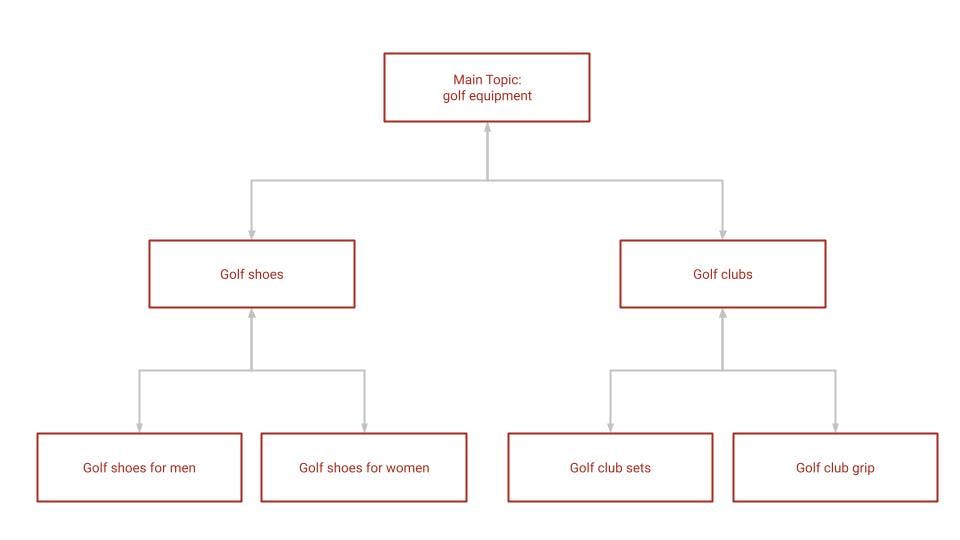You may have landed here wondering the link between farming and SEO.
Here it is!
An SEO silo is a (clever) way to structure your pages or posts on your website.
How to structure your website in both a meaningful way for your reader and an efficient way to improve your rankings? (Note that usually, those things tend to go together!)
Let me share what I’ve learned about that.
What is a website silo?
When I discovered it, I was so excited that I had to write this article right away. You have to know about it!
So, the idea is to create links between your main topic, copywriting, with all the subtopics related to this topic.
Which subtopics?
You might have guessed it; the subtopics are your related keywords. The ones you got from your keyword research.
But there are different ways to do this.
I will restrict this article to the model that seems most efficient to start with.
This model is called bidirectional linking, and the easiest way for you to understand it is to have a look at the following diagram:

How to create the silo structure?
The idea is to link the main topic page with the first layer of subtopics. Then link back each subtopic page to the main topic page. And the same goes for each subtopic to the sub-subtopic pages.
Then, the next step is to add specific links from different subtopic pages or lower layers to your money pages. The ones that help you sell something (services, products, or affiliate products).
This way, those pages should receive even more “link juice” than all other pages on your website.
This is not a guarantee, but it makes sense, and it is worth trying.
Remember, SEO is a long game, and you need to experiment. There is no absolute recipe. Otherwise, everybody would apply it.
So why not try creating a silo structure on your website using this internal linking strategy from the start. It could help you improve your rankings even faster.
What if I have more than one topic on my website?
You may already write about different topics in your niche.
Or at some point, you will do. You will expand out of your current topic and create content in adjacent topics.
No problem, you can create another silo for each of these topics.
Your content will be nicely organized and you can create a pretty link from your home page to each silo to guide your visitors to what interests them the most.
Takeaway
Your website structure has an impact on its SEO performance, but also, and more importantly, on the user experience.
Make it easy for your readers to find the relevant information. Don’t send them to a “blog” page with a multipage list of unrelated blog posts. People will go somewhere else even if your content is awesome.
Any questions, let me know in the comments or contact me!

